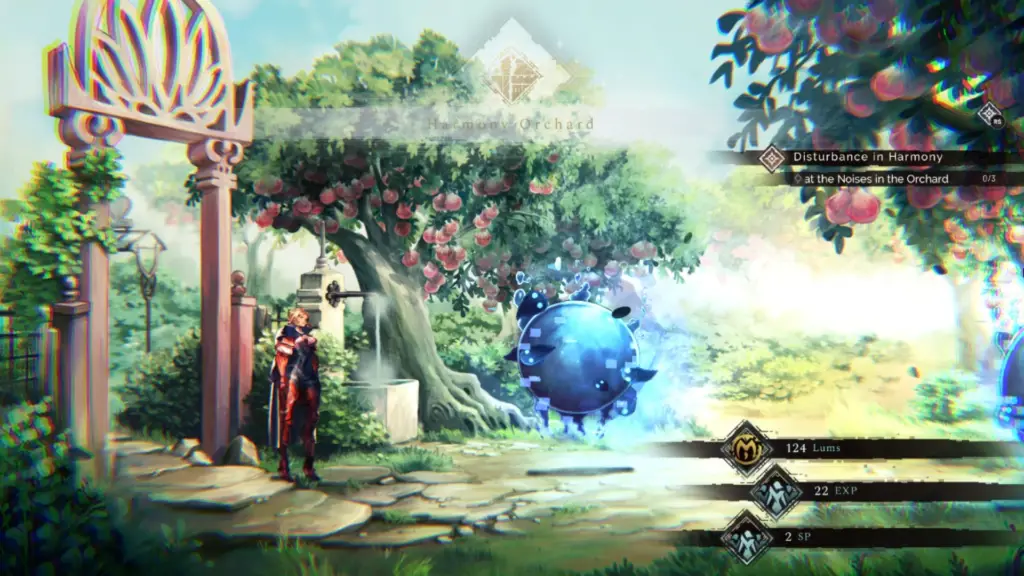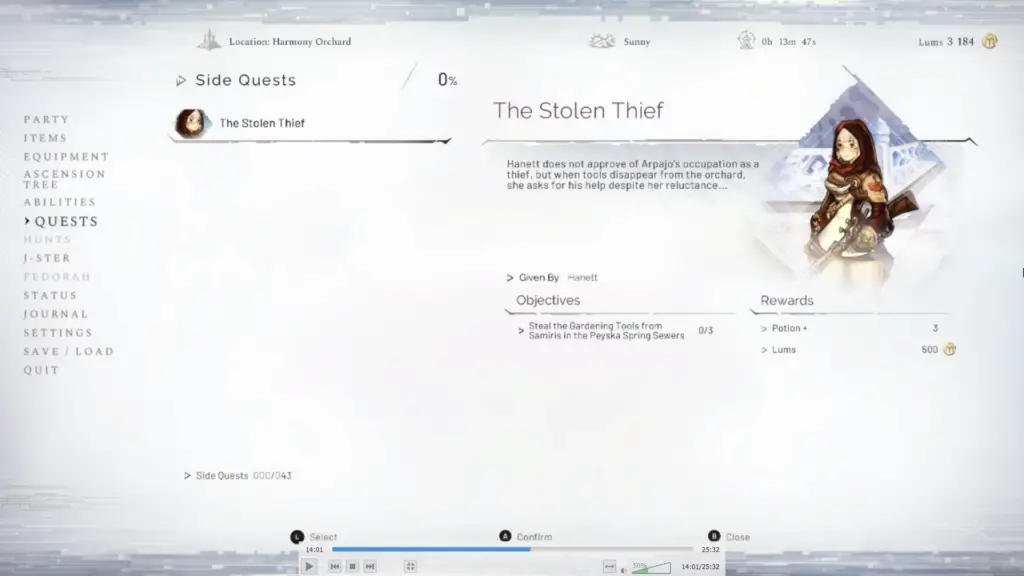Astria Ascending is a AAA title in terms of development team members alone.

Kazushige Nojima, a longtime former Square-Enix member who directed Bahamut Lagoon, a Squaresoft classic for the SFC/SNES. He was co-scenario writer of Final Fantasy VII, scenario writer of Final Fantasy VIII, co-scenario writer of Kingdom Hearts, co-scenario writer of Final Fantasy X and x-2, and story/scenario writer for the Final Fantasy VII remake. And that is not even the complete list of his works.
Hitoshi Sakimoto, also a one-time former Square-Enix member who is the video game composer or co-composer with masterpiece level quality of music on games such classics as Tactics Ogre, Final Fantasy Tactics, Final Fantasy XII, Vagrant Story, and the Valkyria Chronicles franchise. Again, there is plenty more beautifully done by him, it’s just the tip of the iceberg. Here he also acts as director.
Akihiko Yoshida, a fantastic artist also at one time part of the Square-Enix staff. He has beautifully drawn characters for such games as Tactic Ogre, Final Fantasy Tactics, Bravely Default, Final Fantasy XII, Vagrant Story, and Nier: Automata. Again, there is plenty more great work on his resume.
Let’s dive into the world in which Astria Ascending takes place called Orcanon. As I always state, the developers can say it best. The intro proceeds as following:
“This is the orchard of Harmonia. The Migmies grow the Harmelon; the Zefts strut along the Zeft Heights; the Awisis twitter among the Awisi Woods; the Arktans roar through the Arktan Valley; and the Peyskas boast of their Peyska Spring. The Meryos reside within the United Town suburbs. In town, they all come together in Harmony. The Demi-gods protect everyone.
Using zodiac powers that enrich both the mind and body, they fight to protect the Harmony from the Noises. The chosen ones battle the bringers of chaos for three years before leaving our world. Many parents tell their children that the Demi-gods go on to play among the stars.
But even children know the truth: to obtain zodiac powers, a Demi-god must pay with their life. They receive three years of glory. Then they die, leaving their families greatly compensated and the most wonderful gift of all: Harmony. And so we grow up in fear, knowing that one day we might too be selected for greatness.”

The place where the game starts is in Harmonia. There are several individual races in which the game comprises of. Migmies are small flying creatures that wear a jester-like mask. The Zefts are armor-wearing almost dragonlike creatures metamorphosed into human form much like Bangaas from Final Fantasy XII. The Awisis are harpy-like creatures as shown in the screenshot above. Arktans are lion-like creatures similar to male Beast laguz from Fire Emblem: Path of Radiance. The Peyskas are small aquatic creatures that require a helmet bubble composed of water to breathe.
Let’s meet the 8 Demi-gods chosen to save the world:

Ulan Merer: The leader of the 333rd Demi-Gods. (Side note: I don’t know if there is any correlation but the number 333 is associated with divine guidance according to the Christian Bible.)
Alek Reogan: A soldier like Ulan who prefers the approach that makes the most sense. Has a good-spirited relationship with Ulan when it comes to wanting to be leader.
Alassia Malvado: a summoner who is married to Arpajo, another Demi-God.
Dagmar Udasse: An Arktan who despite appearances is more like a red mage from Final Fantasy rather than a brute fighter.
Kress Cizel: A calm Zeft who prioritizes her family above all else.
Arpajo Malvado: Alassia’s husband who is a jokester and a thief.
Eko Livelino: A healer Peyska who is the youngest of the group and doesn’t like being treated as such.
With the stage set, let’s dive into the gameplay:
It is 2.5D and veteran video-game players might compare it how it looks like old classics like Valkryie Profile and Odin Sphere. You only can move horizontally although paths and doors alike are indicated vertically. You can jump which will be needed because the game has a lot of platform elements like in the two games above. You also can shoot using something called a Zodiac Ring and is similar to Tales of Symphonia as it can activate mechanisms and stun enemies.



Battles are symbol-based encountered by either touching the enemy or slashing the enemy in hopes of gathering a preemptive strike. Enemies can also be jumped over if skillfully done.


Attack: Deals physical damage in which a successful attack depends on the target’s evasion.
Abilities: Use abilities learned from each character. They can be unlocked via the Ascension Tree.
Guard: Reduce physical and magic damage by 1/5.
Focus: Adds temporary focus points that can be toggled to increase the power of an attack. Each focus point adds +50% and is indicated by the four icons in-between “LB” and “RB” in the screenshot. (Buttons may vary depending on system.) Hitting an enemy with its weakness rewards the player focus points while hitting it with something it will absorb by taking them away.
Items: Use items in your inventory.
Switch characters: Switch any amount of characters in the battle. The person using this command has their turn ended upon successful confirmation.
Flee: Escape battle but not always available.









MUSIC:
Hitoshi Sakimoto hardly ever disappoints if he has ever disappointed at all when composing music for video games. Here is no exception. The music is right for environment and sets the tone for the game with its lovely tracks.
OVERALL:
Astria Ascending has the vibe of Valkyrie Profile, Odin Sphere, and Final Fantasy XII all rolled into one. Its simple yet different enough turn-based battle system combined with its beautiful music and gorgeous art make this very appealing to classic fans and should look interesting enough to newcomers try it out. The demo obviously wasn’t enough to finish the story of Astria Ascending. Barring unpopular decisions plot-wise, this should be a great game.







